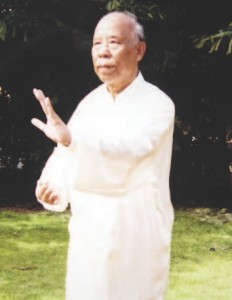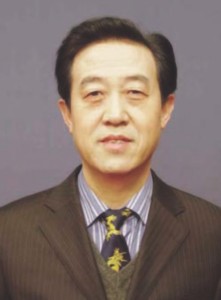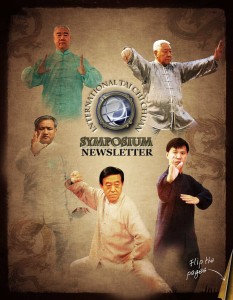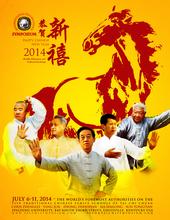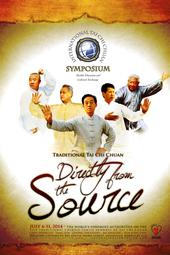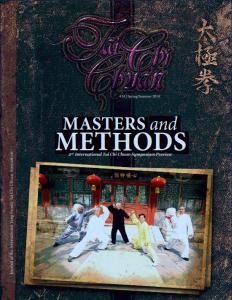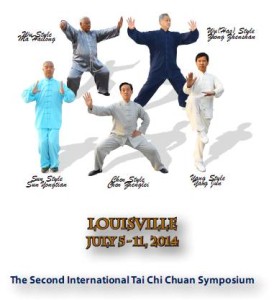By Dave Barrett
Association Journal Editor
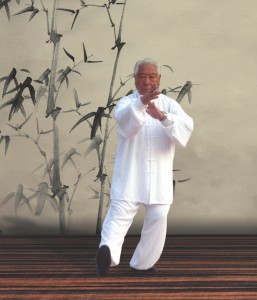 Master Ma Hailong was born in 1935 into one of China’s most distinguished martial arts families. His great-grandfather, Wu Quanyou (1834-1902), was an officer of the Imperial Guards Brigade in the Forbidden City. At this time, Yang Luchan (1799-1872) was a martial arts instructor in the Yellow Banner camp and for many years Wu Quanyou studied with Yang Luchan and his eldest son, Yang Banhou. Due to the protocols of the day, he could not be accepted as a direct disciple of Yang Luchan as Master Yang had aristocratic students and a military officer could not be in the same class as these more august individuals. However, Wu Quanyou’s training was with Yang Luchan directly and over the decades of his study he became renowned for his skills in interpreting and neutralizing an opponent’s energy.
Master Ma Hailong was born in 1935 into one of China’s most distinguished martial arts families. His great-grandfather, Wu Quanyou (1834-1902), was an officer of the Imperial Guards Brigade in the Forbidden City. At this time, Yang Luchan (1799-1872) was a martial arts instructor in the Yellow Banner camp and for many years Wu Quanyou studied with Yang Luchan and his eldest son, Yang Banhou. Due to the protocols of the day, he could not be accepted as a direct disciple of Yang Luchan as Master Yang had aristocratic students and a military officer could not be in the same class as these more august individuals. However, Wu Quanyou’s training was with Yang Luchan directly and over the decades of his study he became renowned for his skills in interpreting and neutralizing an opponent’s energy.

